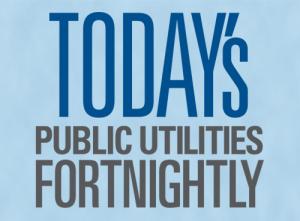Yesterday’s column reported the takeaways of the latest Consumer Price Index for our industry. With the PUF CPI Gap at 2 or greater for three of the nation’s four regions, we can see that electric rates continue to lose ground to consumer prices overall. Electric service is becoming less expensive for consumers to purchase, relative to everything else we buy.

This trend has gone on for a few years. But will it continue? The answer has much to do with the trend’s underlying causes.
Start with natural gas prices. Lower gas prices, resulting from the monumental innovations in natural gas production, are the main cause of lower electric rates. Combined cycle gas plants now run cheaper, gas plants have taken a larger share of the grid’s generation pie, and all this has put competitive pressure on other generation technologies.
However, the old saying (inverted) is, what goes down must go up. According to the latest Producer Price Index, also published by the federal government last week, the price of natural gas to electric utilities — including independent power producers — was up 17.8% in January, year over year.
Moving with that trend, the price of coal was up 3.9%. While the price of number two diesel was down 12.5%, our industry no longer uses much of this fuel for peaking.
The prices of other key inputs from metals to equipment have generally moved with the economy’s fundamentals as in recent years. But gas prices are inching upward.
How will this impact future electric rates? Stay tuned. PUF will keep tracking the metrics month by month.


